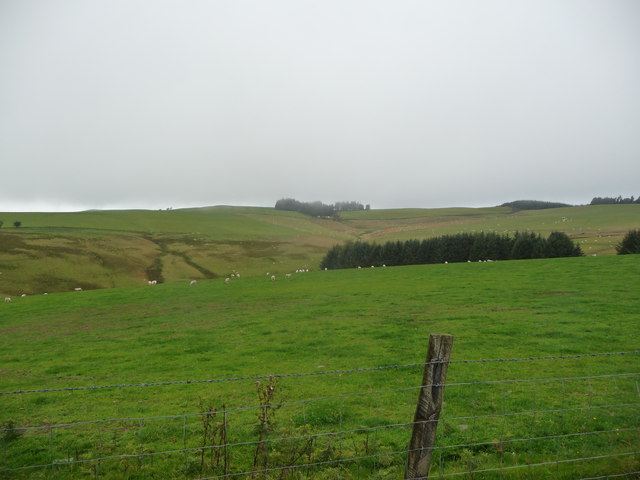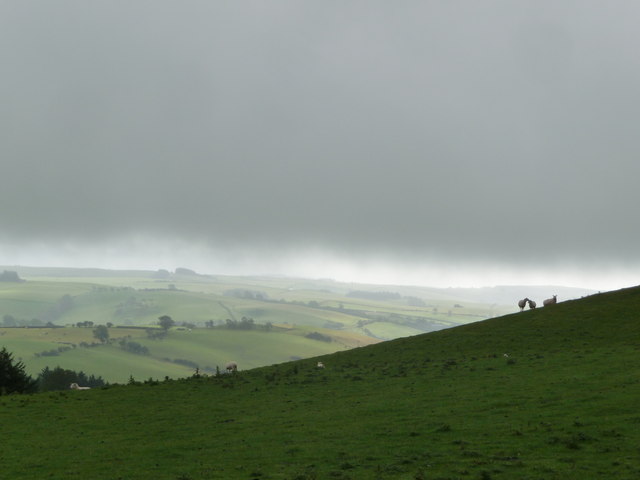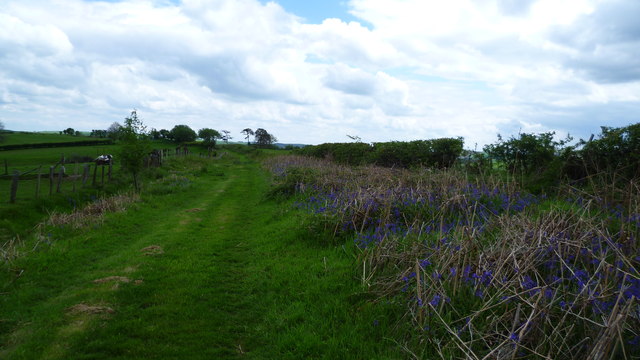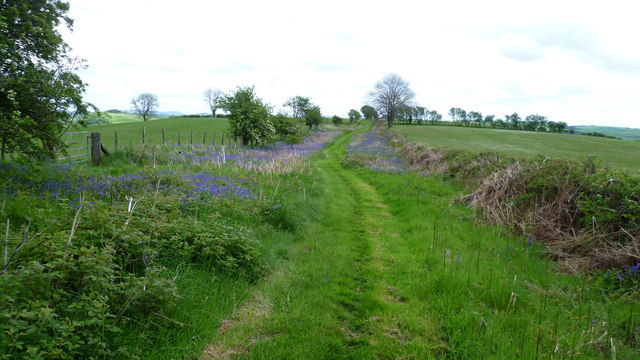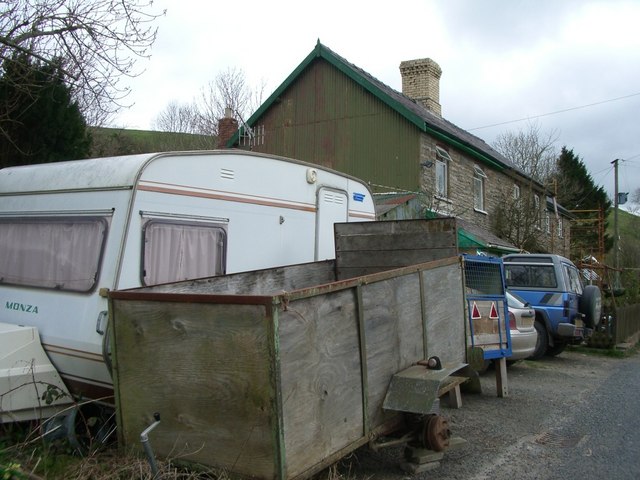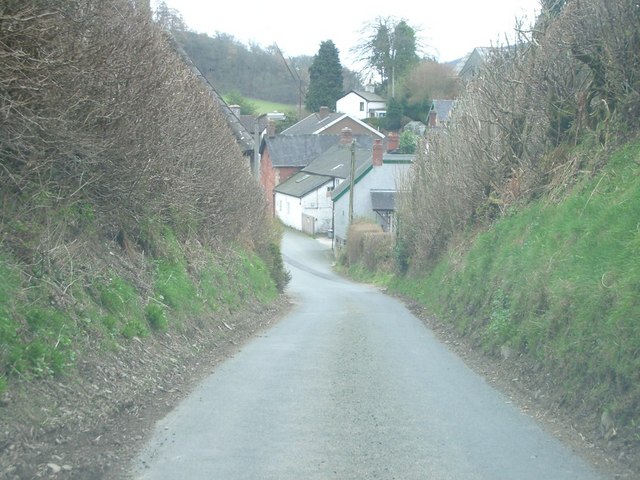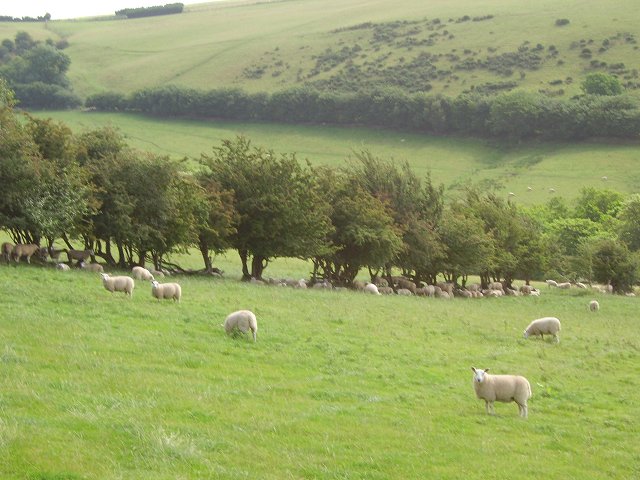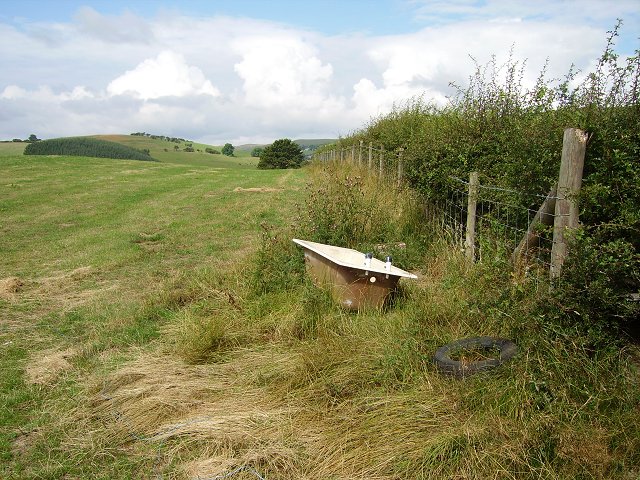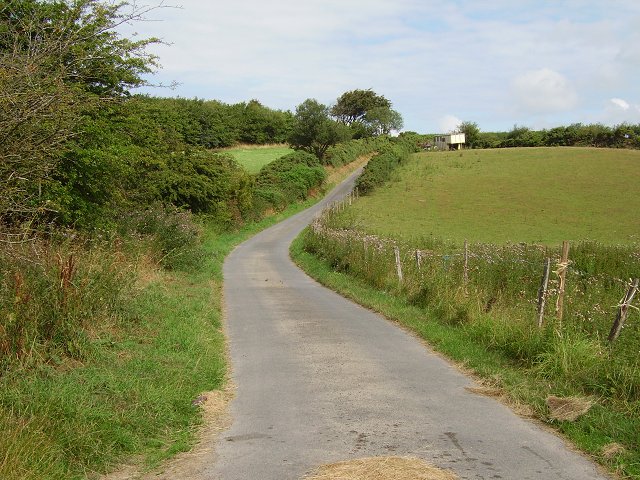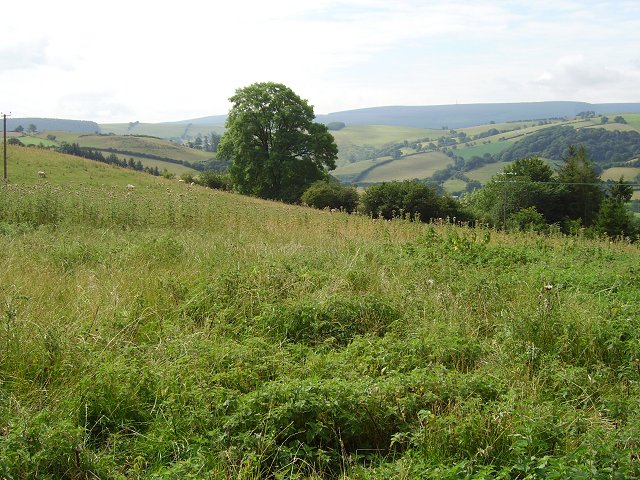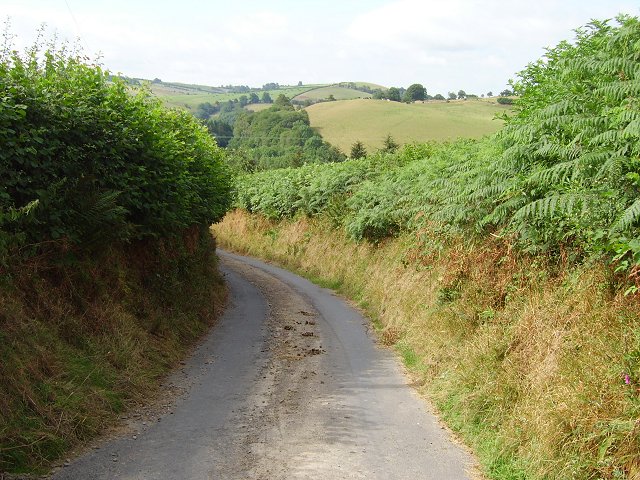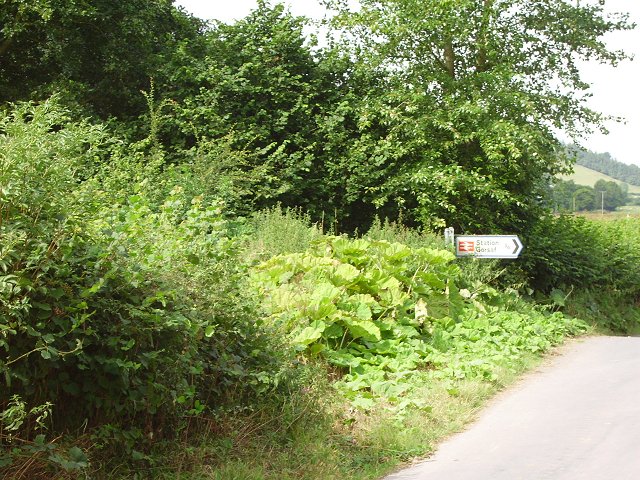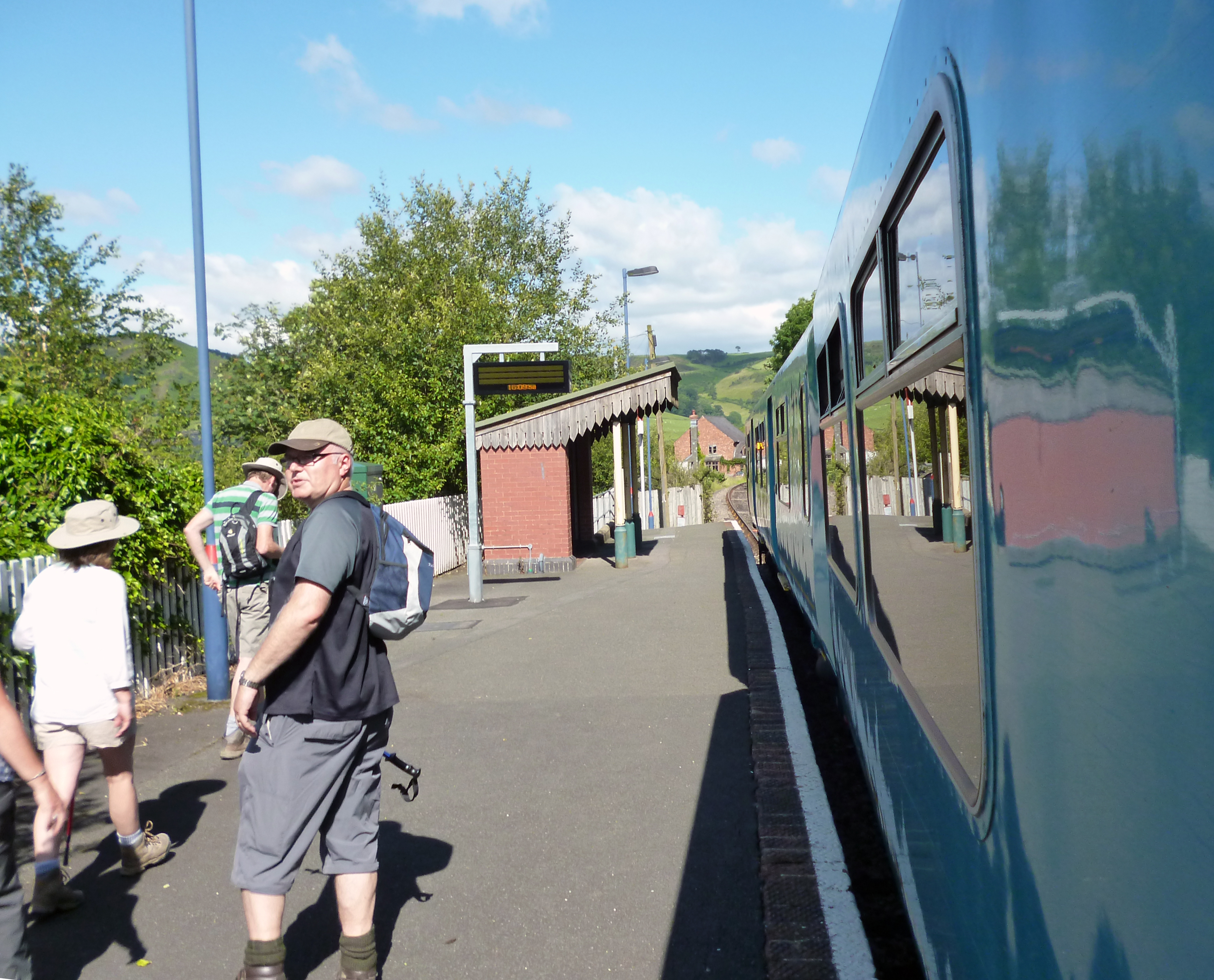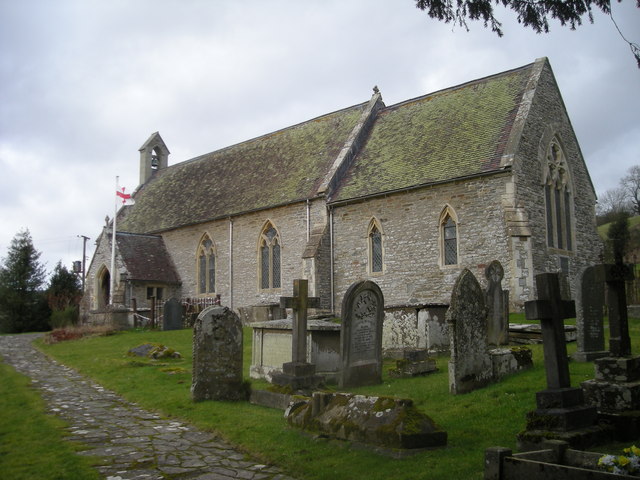Bacon Dingle
Valley in Radnorshire
Wales
Bacon Dingle
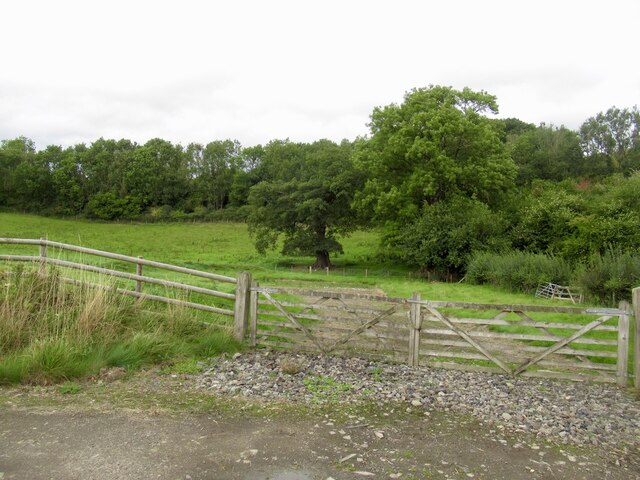
Bacon Dingle is a picturesque valley located in Radnorshire, a county in Wales, United Kingdom. Nestled amidst rolling hills and lush greenery, this idyllic valley is renowned for its natural beauty and tranquil atmosphere.
The valley takes its name from the Bacon River, which meanders through its heart, adding to the charm of the surrounding landscape. The river is known for its crystal-clear waters, making it a popular spot for fishing and a haven for wildlife.
The valley is characterized by its diverse flora and fauna, with an abundance of native plants and animals. Visitors can explore the numerous walking trails that wind through the valley, offering stunning views of the surrounding countryside. The landscape is dotted with ancient woodlands, offering a peaceful retreat for nature enthusiasts.
Bacon Dingle is also home to a variety of wildlife, including otters, badgers, and numerous bird species. Birdwatchers flock to the valley to catch a glimpse of rare species, such as kingfishers and red kites.
The valley is a popular destination for outdoor activities, with opportunities for hiking, cycling, and horseback riding. The surrounding hills provide a challenging terrain for adventurers seeking a more exhilarating experience.
In addition to its natural beauty, Bacon Dingle boasts a rich history, with archaeological remains dating back centuries. The valley is known for its well-preserved Iron Age hillforts and ancient burial sites, attracting history buffs and archaeologists.
Overall, Bacon Dingle in Radnorshire offers a peaceful retreat amidst stunning natural surroundings, making it a must-visit destination for those seeking tranquility and a connection with nature.
If you have any feedback on the listing, please let us know in the comments section below.
Bacon Dingle Images
Images are sourced within 2km of 52.348442/-3.1598701 or Grid Reference SO2172. Thanks to Geograph Open Source API. All images are credited.
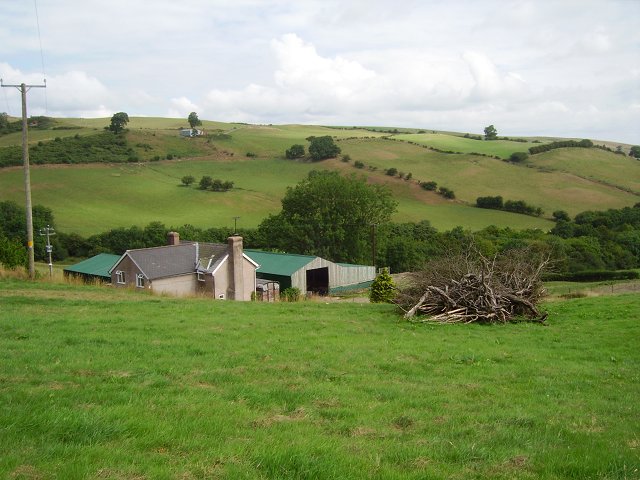

Bacon Dingle is located at Grid Ref: SO2172 (Lat: 52.348442, Lng: -3.1598701)
Unitary Authority: Powys
Police Authority: Dyfed Powys
What 3 Words
///dressing.spit.petulant. Near Knighton, Powys
Nearby Locations
Related Wikis
Llangynllo railway station
Llangynllo railway station is a countryside stop in Powys about 5 miles west of Knighton, on the Heart of Wales Line. The station is located 1.4 miles...
Llangunllo
Llangunllo (sometimes Llangynllo) is a village and community in central Powys (formerly in Radnorshire), Wales, located about 5 miles west of Knighton...
Llanbister Road railway station
Llanbister Road railway station is a countryside stop about 5 miles (8 km) from the village of Llanbister, Powys, Wales. The station is 41+3⁄4 miles (67...
Knucklas
Knucklas (Welsh: Cnwclas, meaning "green hillock") is a village in Powys, Wales, previously Radnorshire. It lies in the upper valley of the River Teme...
Knucklas railway station
Knucklas railway station serves the village of Knucklas, Powys, Wales, 34+3⁄4 miles (55.9 km) south west of Shrewsbury. This railway station is located...
Bleddfa Castle
Bleddfa Castle (sometimes referred to as Bledeach or Bledvach Castle) was a motte and bailey structure near Llangunllo in modern-day Powys, Wales. It...
Bleddfa
Bleddfa is a village in which lies on the road from Knighton to Penybont and is located in the community of Llangunllo, Powys, Wales. It is 5 miles from...
Llanfair Waterdine
Llanfair Waterdine, sometimes written as Llanvair Waterdine and meaning St Mary's Church Waterdine, is a small village and civil parish in Shropshire,...
Nearby Amenities
Located within 500m of 52.348442,-3.1598701Have you been to Bacon Dingle?
Leave your review of Bacon Dingle below (or comments, questions and feedback).
